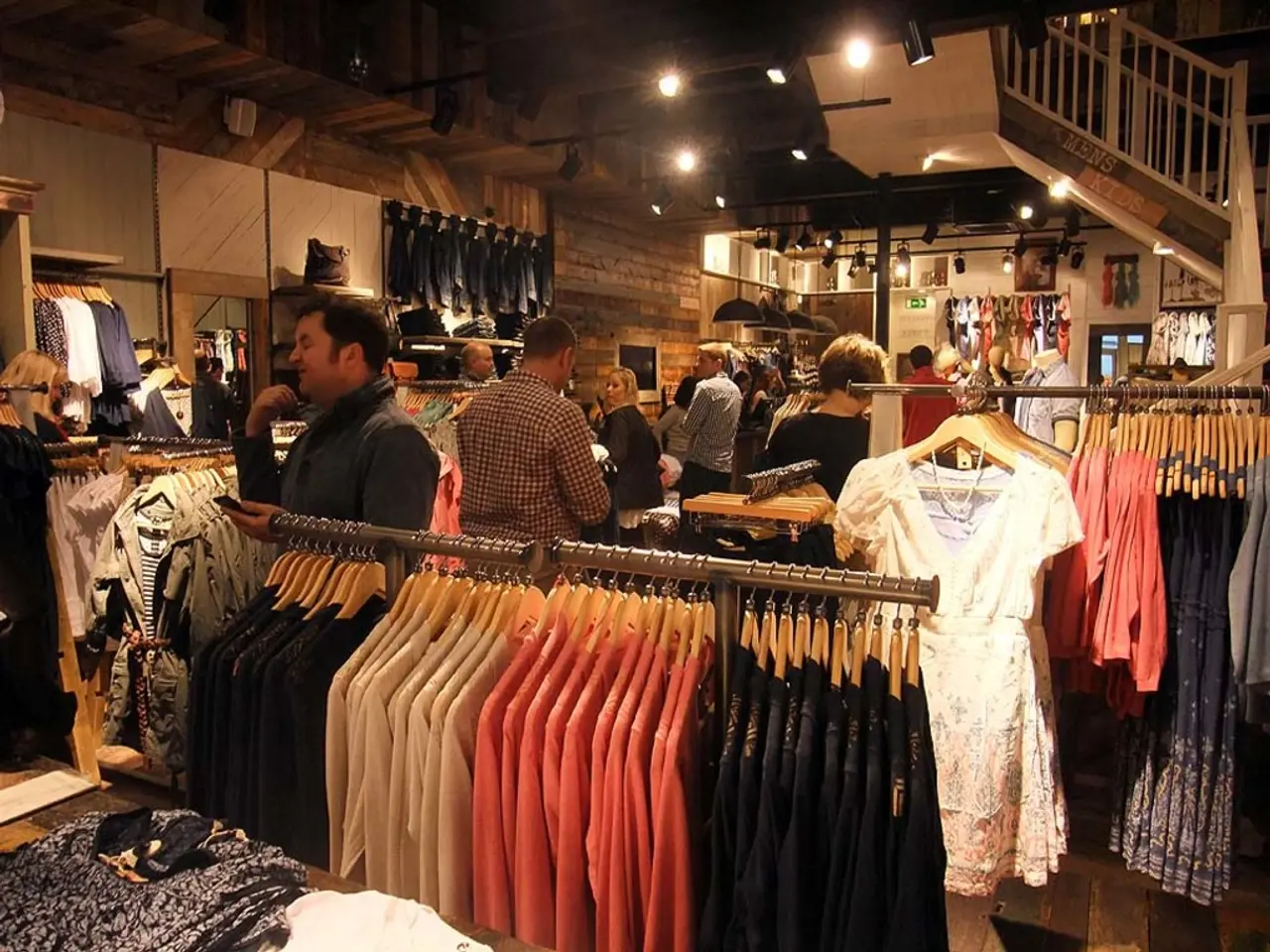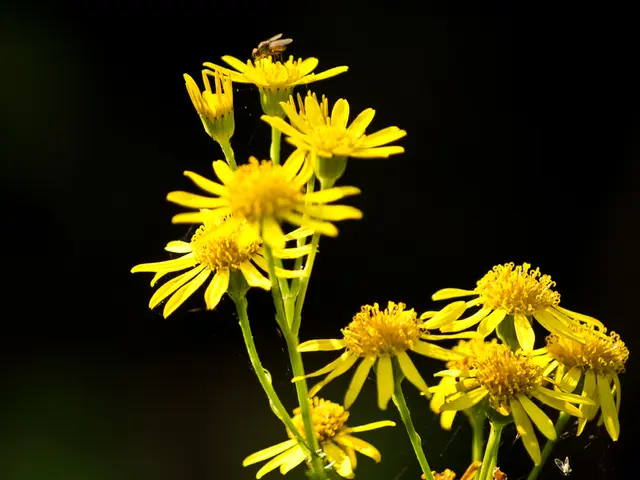Rapid Expansion of Glamping Industry Anticipated by 2030, Primarily Fueled by the Increasing Popularity of Backcountry Glamping
In the heart of the great outdoors, a new trend is emerging that combines the best of both worlds: luxury and sustainability. Welcome to the realm of backcountry glamping, where remote, scenic settings are paired with five-star details to create an unforgettable experience.
This unique approach to camping offers more than just a tent and a sleeping bag. Glamping sites, often resembling boutique hotels, provide real mattresses, wine fridges, and even hot showers, ensuring modern comfort amidst untamed landscapes. Some sites even encourage a digital detox by offering no Wi-Fi, inviting guests to disconnect and reconnect with nature.
The shift towards sustainable travel is shaping the glamping experience itself. Over 83% of travelers now care about traveling sustainably, and this is reflected in the eco-friendly upgrades at many glamping sites. Off-grid solar systems, composting toilets, and the use of reclaimed wood and recycled textiles are just a few examples of how these sites are minimizing their environmental impact while maintaining guest comfort.
Adventure is also a significant part of the glamping package. On-site or nearby experiences include kayaking, hiking, foraging walks, sunrise yoga, and more. Huttopia, a company transforming camping into an art of living, blends rustic charm with modern comfort, offering curated experiences like guided foraging walks, stand-up paddleboarding, horseback riding, private stargazing, and on-site yoga sessions.
Travelers are choosing off-grid escapes with a personal touch over crowded resorts. Around 51% of glamping sites are located near U.S. state parks, while 33% sit adjacent to national parks, providing a perfect balance of wilderness and luxury.
Zuzana Paar, the creator of Sustainable Life Ideas, a lifestyle blog dedicated to simple, intentional, and eco-friendly living, highlights the importance of sustainable design in backcountry glamping. Key features include off-grid solar power systems, composting toilets, and the use of reclaimed, sustainably harvested, or recycled building materials. Biodegradable toiletries, eco-conscious textiles, native landscaping, and innovative shelters like upcycled shipping containers are also common at many sites.
The U.S. glamping market is projected to grow steadily through 2030, indicating a shift in modern traveler's preferences towards nature, design, ease, and sustainability. Companies like Firelight Camps, which emphasizes a timeless tradition of gathering around a campfire and sleeping under the stars, are leading this change.
In conclusion, backcountry glamping offers a unique opportunity to enjoy nature responsibly while supporting conservation and minimizing one's environmental impact. Whether you're seeking adventure, relaxation, or a digital detox, there's a glamping site out there that caters to your needs. So why not give it a try and experience the perfect blend of luxury and nature?
- In the luxury of backcountry glamping, you can indulge in a variety of snacks and drinks, from wine to tea, provided in boutique-style kitchens.
- The food served at these glamping sites is often sourced sustainably, aligning with the commitment to eco-friendly living.
- After a day of outdoor activities like hiking or foraging walks, guests can retreat to their home-and-garden-inspired glamping sites, designed with a blend of sustainable and reclaimed materials.
- For those seeking a change from crowded resorts, a night under the stars in a sustainable glamping site could be the perfect travel destination.
- As the trend of sustainable travel continues to grow, the kitchens and lifestyle of glamping sites are evolving, with an emphasis on using local and eco-friendly products, transforming them into a home-and-garden away from home.




